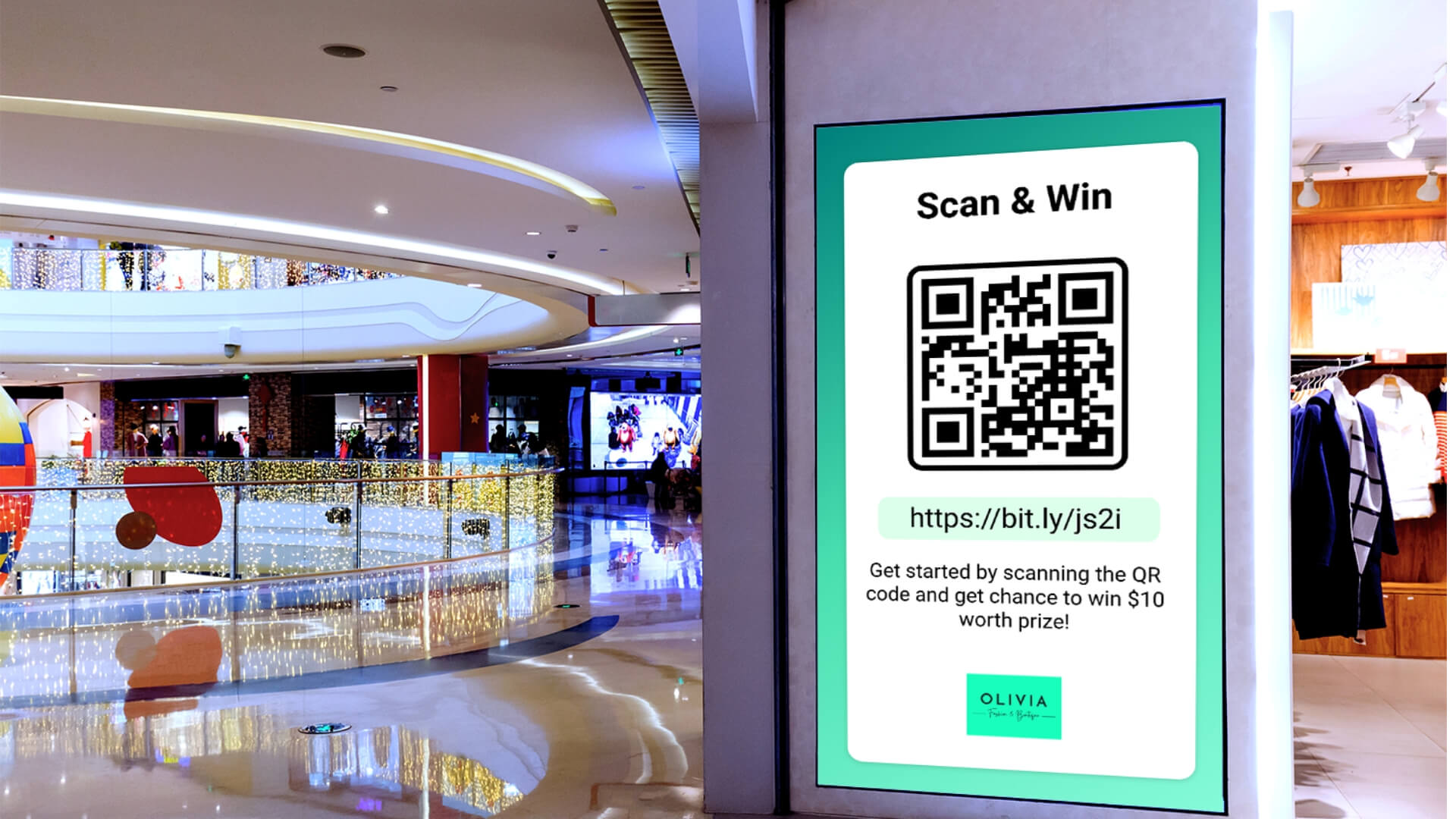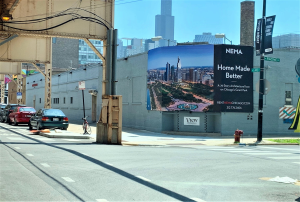QR Code Marketing Examples: Bridging Innovation and Sustainability
QR codes have become ubiquitous in modern advertising—but they’re far more than just digital shortcuts. Today’s brands are embracing QR code marketing not just to boost sales or engagement, but to align with a larger mission: sustainability.
Whether it’s sharing carbon footprint data, reducing printed waste, or directing users to recycling instructions, QR codes offer a flexible, interactive way to communicate environmental values. In this blog, we’ll explore innovative QR code marketing examples that empower brands to go green—while staying on-brand.
For marketing professionals, this isn’t just about jumping on the eco-trend. It’s about understanding how QR code marketing ads can build trust, loyalty, and advocacy by helping consumers make conscious choices.
QR Code Marketing Examples that Eliminate Physical Waste
One of the simplest yet most effective uses of QR code marketing in sustainability is waste reduction. Traditional advertising and packaging materials often rely on high-volume print assets. QR codes offer a clean, efficient alternative.
♻️ Example 1: Digital User Manuals
Instead of printing thick manuals with every product, brands like IKEA and Samsung now include a small QR code on the packaging. Scanning the code takes users to a digital manual, cutting paper usage drastically.
✔️ Why it works: It reduces waste, simplifies updates (no reprinting needed), and provides a better UX with videos and interactive guides.
♻️ Example 2: QR Code Recycling Instructions on Packaging
Coca-Cola and other CPG brands have experimented with QR code marketing ads that guide consumers through the correct recycling process for multi-material packaging.
✔️ Why it works: Recycling compliance increases, and brands reinforce their commitment to sustainability—without overwhelming the label space.
QR Code Marketing That Tells a Product’s Eco Story
Consumers want transparency—but fitting your full sustainability story onto a label or poster is nearly impossible. That’s where QR code marketing excels.
🌍 Example 3: Traceability and Sourcing Transparency
Fashion and food brands are using QR code marketing as a tool for radical transparency. For example, Everlane and Patagonia include QR codes on tags that link to the supply chain journey—highlighting where materials were sourced, who made the product, and what emissions were produced.
✔️ Why it works: It builds trust and satisfies eco-conscious consumers who want to “shop their values.”
🌱 Example 4: Carbon Footprint Calculators via QR
Some product labels now feature QR codes that, when scanned, lead users to a calculator that shows the product’s carbon emissions—and suggests offsetting options.
✔️ Why it works: It makes the invisible visible. Consumers can see how their purchase impacts the environment and what they can do about it.
QR Code Marketing Examples in Refill and Reuse Campaigns
The rise of refillable and reusable packaging is a key movement in environmental design. QR code marketing examples can streamline this transition while improving UX.
🔁 Example 5: Smart QR Codes on Reusable Bottles
Beauty and personal care brands like Loop and Dove have piloted QR code marketing ads on their reusable packaging. When scanned, customers can:
Schedule refills
Get usage tips to extend product life
Access loyalty rewards for reusing containers
✔️ Why it works: It gamifies reuse and builds a circular brand narrative.
Turning Events and Experiences Into Eco-Education Moments
Events generate a ton of printed material—flyers, brochures, posters. But QR codes help replace these materials with digital content that’s dynamic and measurable.
🌿 Example 6: QR Codes at Green Events
At sustainability-focused conferences, QR codes are used for everything from speaker bios to agenda downloads and sponsor activations. Some event organizers even plant a tree for every QR scan, linking marketing impact directly to environmental action.
✔️ Why it works: It’s a scalable, digital-first approach to event marketing with measurable environmental ROI.
QR Code Marketing Ads That Activate Environmental Action
Beyond informing, QR code marketing can activate consumers to participate in sustainability initiatives.
🌎 Example 7: Donate-as-You-Scan Campaigns
Nonprofits and environmentally focused brands are embedding QR codes in campaigns that trigger instant micro-donations, petition signatures, or volunteering opportunities.
✔️ Why it works: Frictionless action. Consumers feel empowered to make a difference with one scan.
How to Build a Sustainable QR Code Marketing Campaign
If you’re ready to make QR codes part of your eco-marketing strategy, here’s a quick checklist:
Step | Action |
1️⃣ | Use dynamic QR codes to update content without reprinting |
2️⃣ | Design with accessibility in mind—contrast, size, language |
3️⃣ | Link to concise, mobile-optimized sustainability content |
4️⃣ | Track analytics to measure engagement and refine messaging |
5️⃣ | Pair the QR campaign with clear offline context cues |
QR Code Marketing Examples Across Industries
Industry | QR Code Use Case |
Fashion | Transparent supply chain, garment care guides |
CPG | Recycling instructions, refill program activations |
Food & Beverage | Organic sourcing traceability, compostable packaging tips |
Tech | E-waste disposal links, low-impact energy guides |
Events | Digital brochures, carbon offset scan programs |
These examples show the versatility of QR code marketing as a bridge between product and purpose.
Final Thoughts: QR Code Marketing as a Pathway to Purpose
QR code marketing isn’t just about engagement anymore—it’s about alignment. When used intentionally, QR code marketing ads can turn ordinary touchpoints into moments of environmental awareness, transparency, and action.
From packaging and promotions to loyalty and logistics, the best QR code marketing examples put sustainability at the center—and invite consumers to do the same.
So, the next time you’re planning a campaign, ask not just how to convert—but how to contribute.






